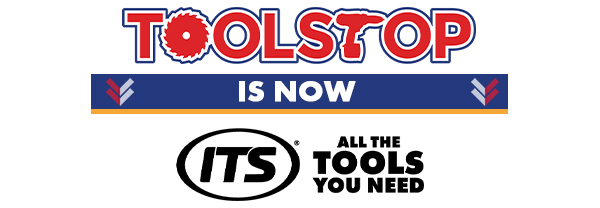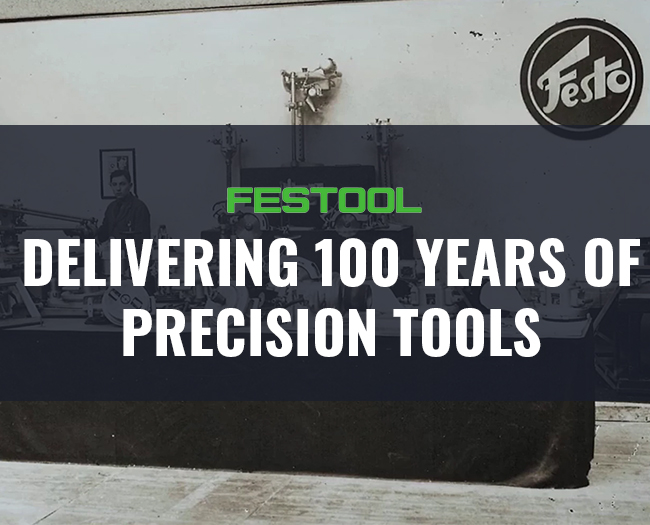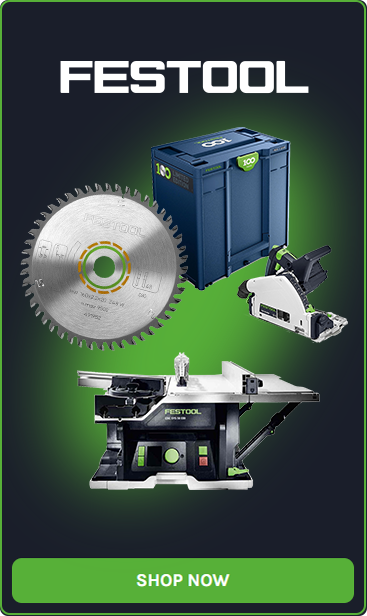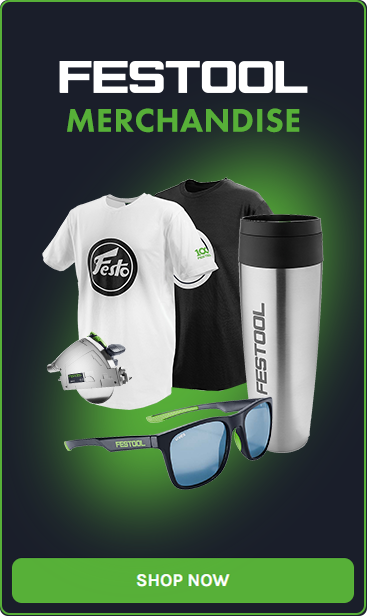Fezer & Stoll – How it began
2025 signifies the founding of one of the leading tool brands in the world – Festool.
The history of Festool began in 1925 in the small town of Esslingen, Germany.
It was here that two enterprising individuals, Albert Fezer and Gottlieb Stoll, established the foundation for what would become one of the most respected names in power tools.
Their original company, “Fezer & Stoll,” specialised in producing wood-processing machinery, a niche that would influence their engineering philosophy for many years.
Their mission was both simple and ambitious: to enhance the working conditions of craftsmen.
From the very beginning, precision, durability, and innovation have been central to their products.
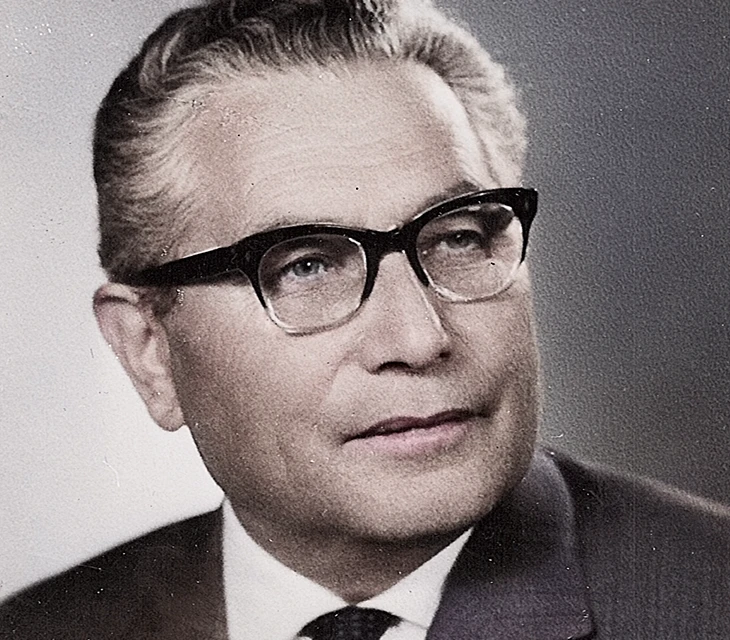
Albert Fezer – Co-Founder
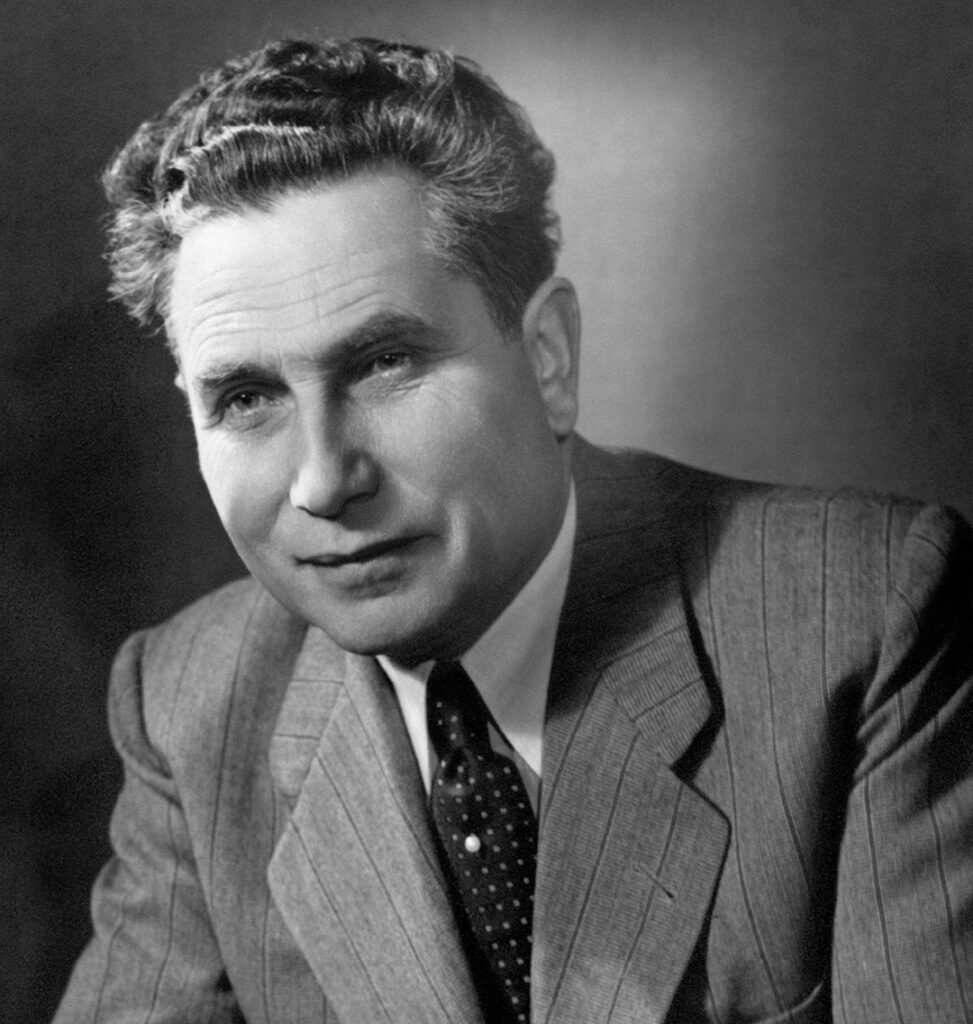
Gottlieb Stoll – Co-Founder
As the industrial world evolved, so did technology.
In 1933, the company made a significant advancement by developing the world’s first portable chainsaw, setting the stage for a legacy of innovation.
That same year, the company rebranded to “Festo,” reflecting its growing international presence.
Under this name, Festool made some of its most groundbreaking contributions to the tool industry.
A pivotal moment occurred in the mid-20th century when Festo introduced its iconic orbital sander.
This tool revolutionised sanding by making it more precise and less fatiguing, while also setting a new industry standard for surface finishing.
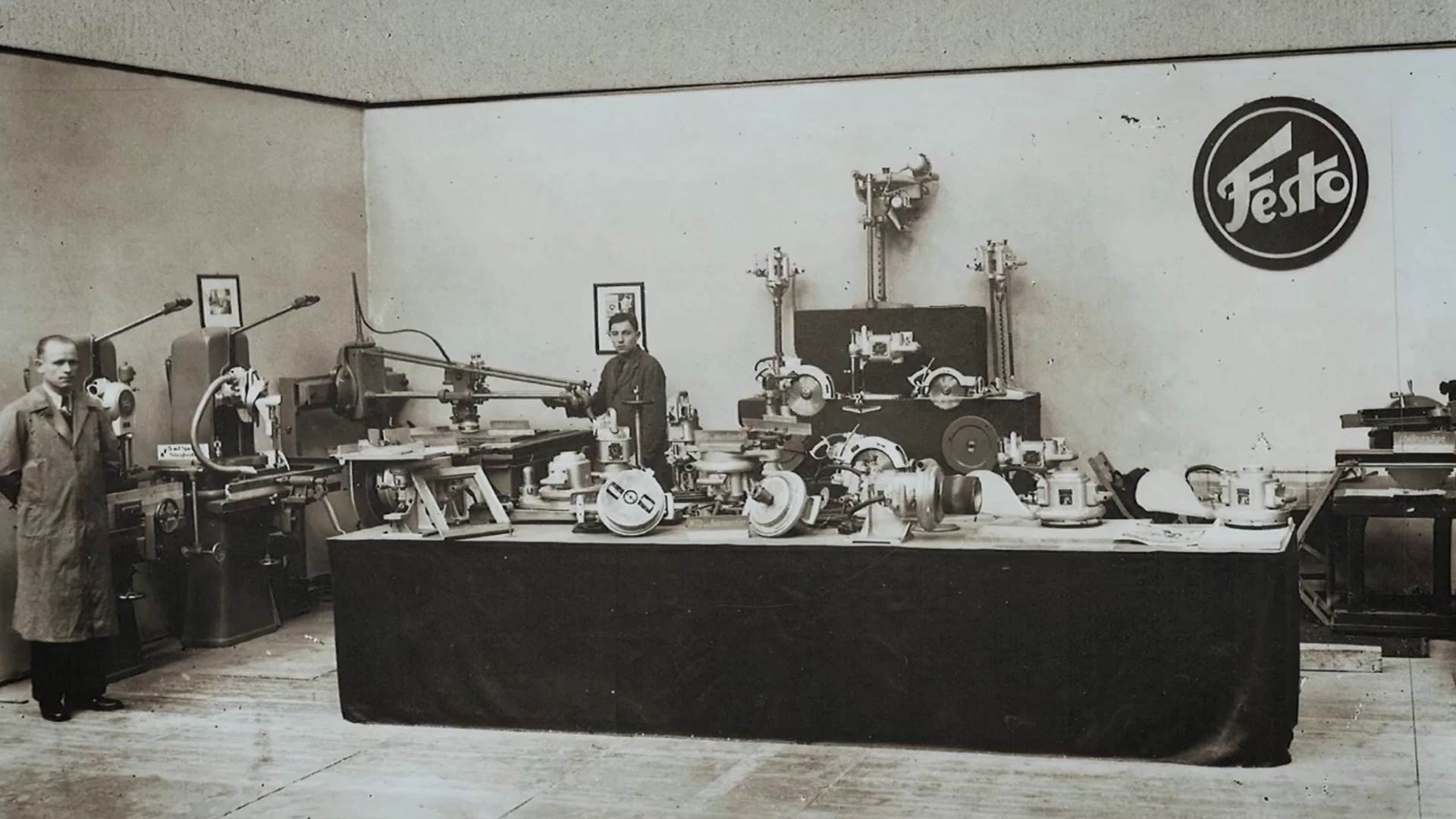
Early exhibition of Festo power tools at Leipzig Trade Fair – circa 1930s
Putting Staff Welfare First
Under the guidance of Berta Stoll, the wife of Gottlieb, the company began to focus on the lives and welfare of all its employees, even organising events such as a children’s Christmas party.
During the post-war years, Germany experienced a construction boom, and Festo’s reputation for quality and dependability allowed the company to thrive.
Its tools became essential for carpenters, joiners, and tradespeople across Europe.
As the company continued to grow, it maintained a strong emphasis on dust extraction, tool ergonomics, and modular system compatibility—principles that remain key to its success today.

Berta Stoll; Wife of Gottlieb
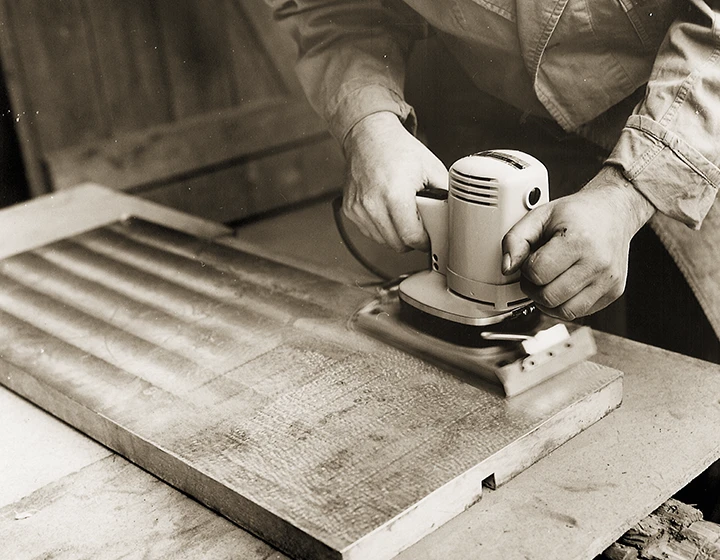
The RTR-S Rutcher dazzled with high material removal and became a hit in 1964
By 1992, Festo’s tool division had grown so distinct and specialized that it was spun off into a separate brand – “Festool”.
This marked the official birth of the Festool name as it is known today.
While Festo continued in the automation and pneumatics industry, Festool honed its focus on high-end, precision electric and pneumatic power tools.
The rebranding allowed Festool to push innovation further, investing heavily in Research & Development along with precision manufacturing.
Their guiding philosophy became “Faster. Easier. Better.”
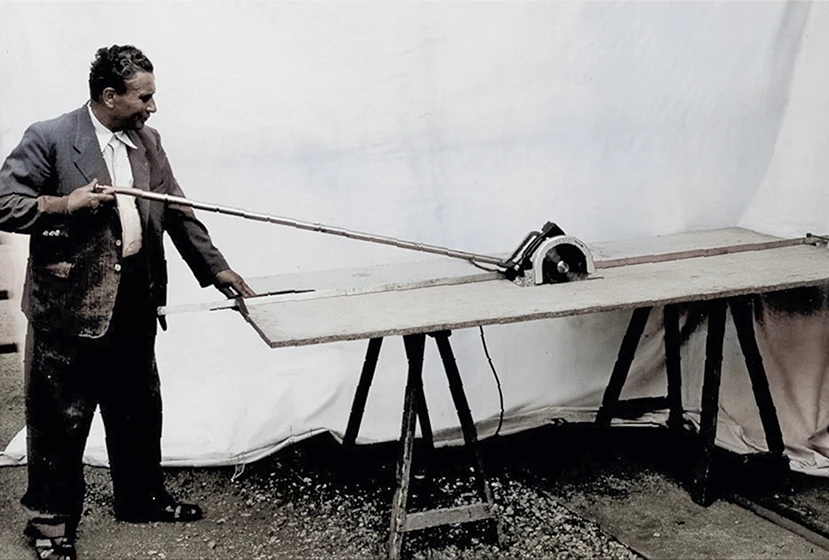
Gottleib Stoll testing the first guide rail with the Sagehexe saw in the early 1960s
Developing Tools To Meet User Demands
Festool has developed a loyal customer base by offering products like the TS plunge-cut saw, the Domino joiner system, and exceptional dust extraction systems.
One of the company’s defining characteristics is its systems-based approach.
Rather than creating standalone tools, Festool designs each product to work seamlessly with others, ranging from guide rails to extraction units and Systainer cases. This integrated ecosystem maximises efficiency on job sites, minimising setup time and waste.
Festool’s commitment to dust control particularly distinguishes the brand. They were among the first tool manufacturers to prioritise integrated dust extraction, not merely as an accessory but as an integral part of the tool design itself.
This focus has made Festool tools especially popular among cabinetmakers, furniture builders, and finish carpenters who work in clean or client-sensitive environments.
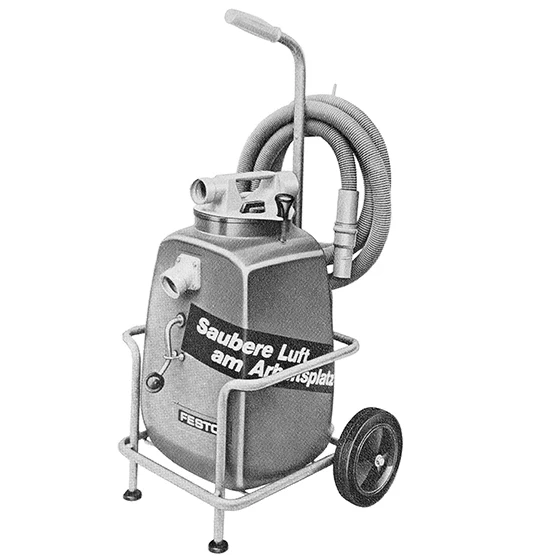
Early design idea for Festool dust extraction from the 1960s
How Festool Grew Bigger
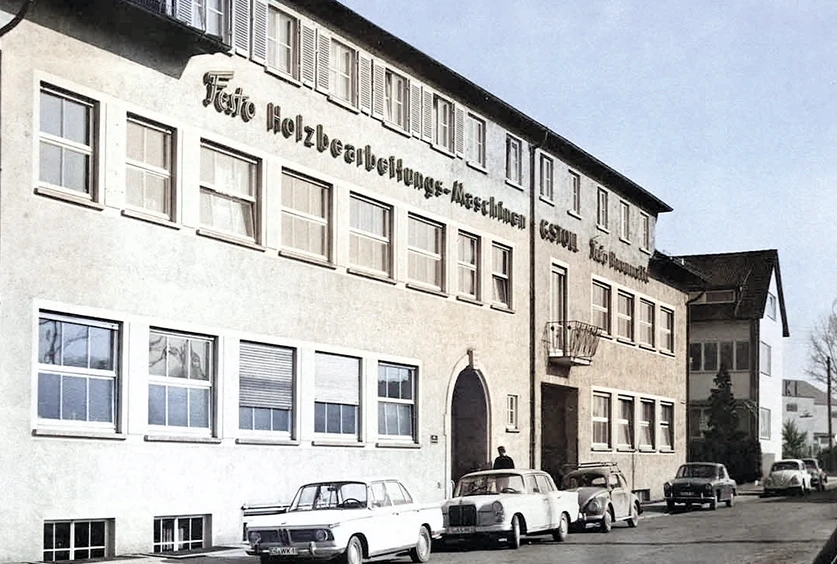
Festool’s home in Ulmer Straße, Esslingen, 1938
Though Festool’s headquarters remain in Wendlingen, Germany, its footprint is now global.
Manufacturing facilities have been established in several locations, including the Czech Republic and the United States (Lebanon, Indiana), yet all under the same stringent quality standards.
Every tool is subject to meticulous engineering, quality control, and ergonomic testing – emphasizing longevity and precision.
What sets Festool apart in the modern era is its commitment to manufacturing excellence. Instead of mass-producing at lower cost, Festool chooses to produce fewer tools, with higher precision.
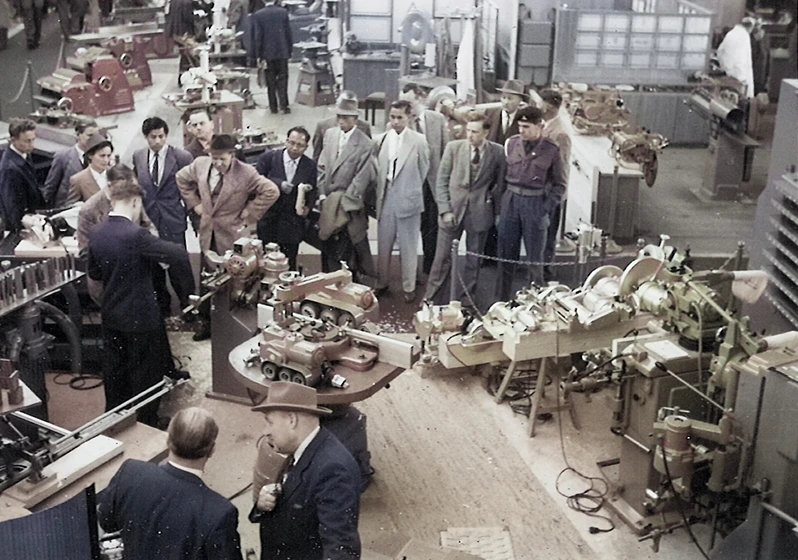
Demonstration of Festool tools at an exhibition in Chicago in the 1960s
Still A Family Business at Heart
Today, the company is still run by members of the Stoll family and still maintains a focus on employee welfare.
Today, Barbara Austel, the granddaughter of one of the founders Gottlieb Stoll, is the Chairwoman of the Festool Supervisory Board
As Festool moves deeper into the 21st century, it continues to innovate with sustainability and smart integration in mind.
From Bluetooth-enabled dust extractors to energy-efficient EC-TEC brushless motors, the company evolves with the times while maintaining its precision roots.
Additionally, its Systainer modular tool storage system—now in its third generation—has become a de facto standard for mobile tradespeople, admired for both its rugged build and organisational efficiency.
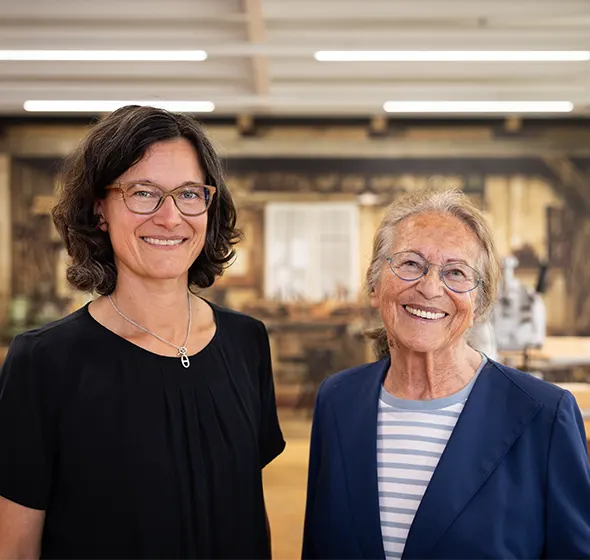
Gerda Maier-Stoll (R) is the daughter of Gottlieb Stoll and is a main shareholder. Her daughter, Barbara Austel (L) is the chair of Festool’s Supervisory Board
Why Festool?
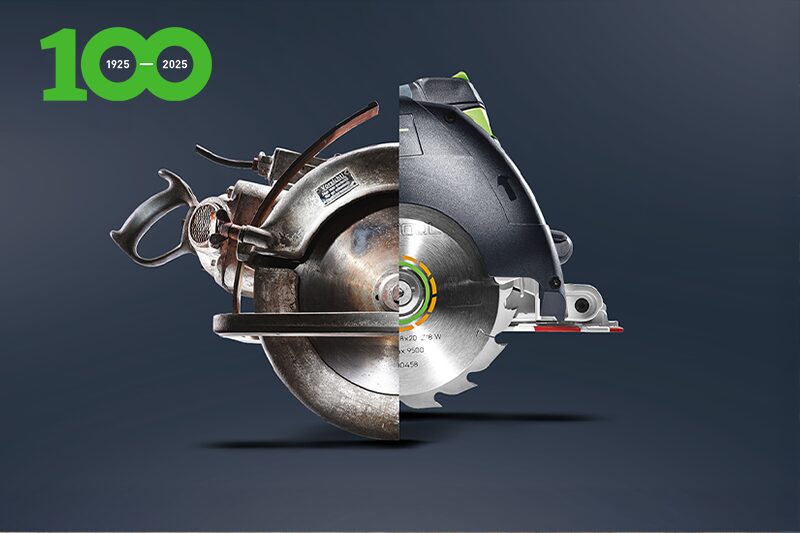
Today, Festool is not just a tool manufacturer – it’s a symbol of craftsmanship, precision, and reliability.
From its modest beginnings in 1925 to its global stature in 2025 and beyond, Festool continues to serve those who demand the very best.
For professionals who measure twice and cut once, Festool remains the brand of choice.
Not just for what it does, but for how it does it: with care, innovation, and an unwavering commitment to making work easier, faster, and better.


